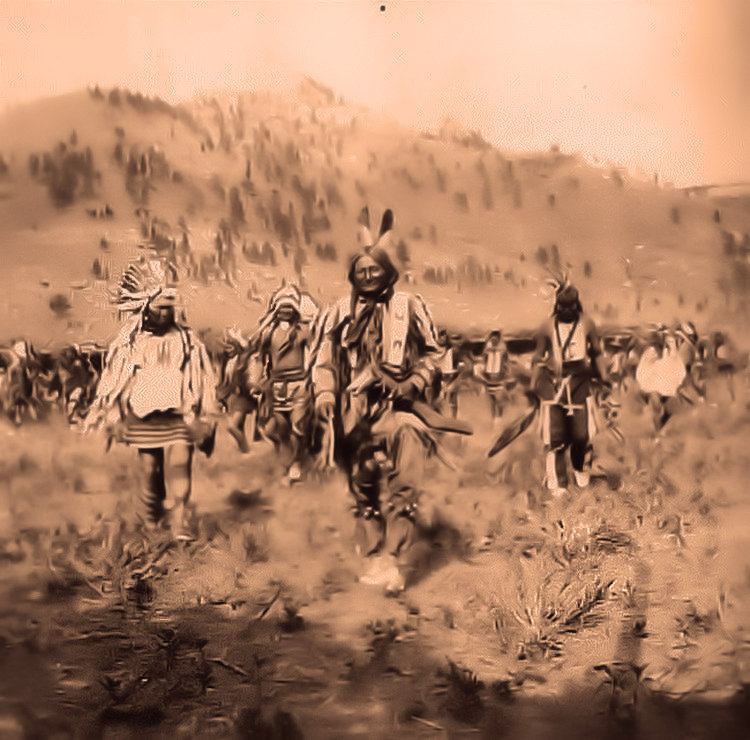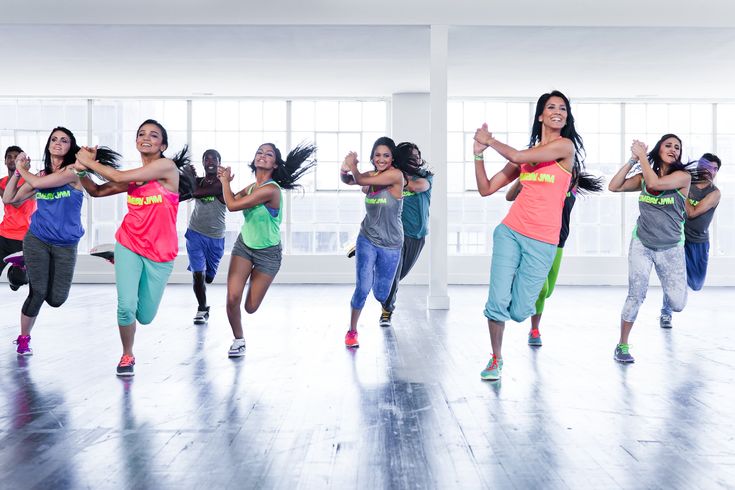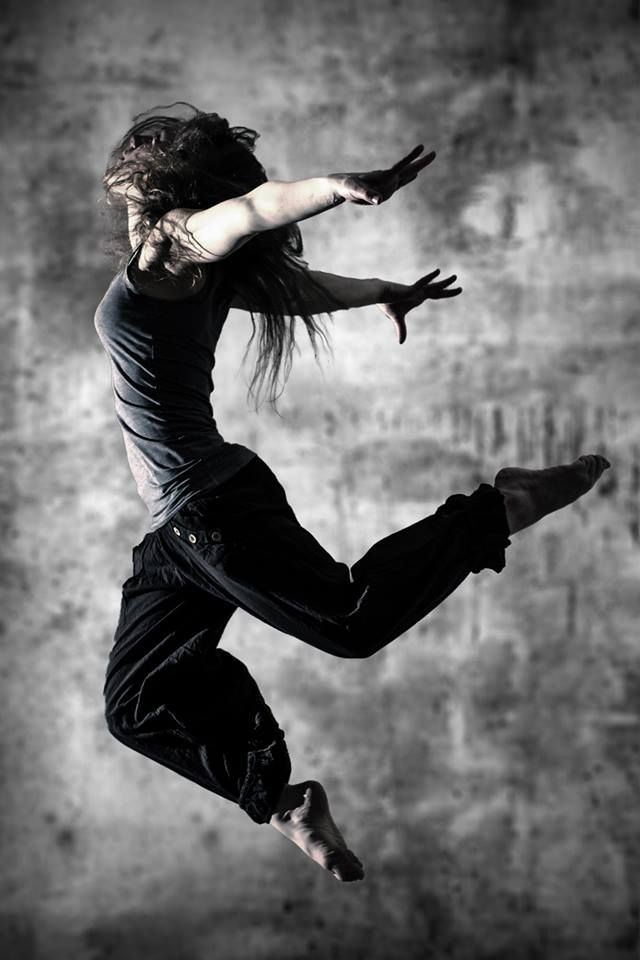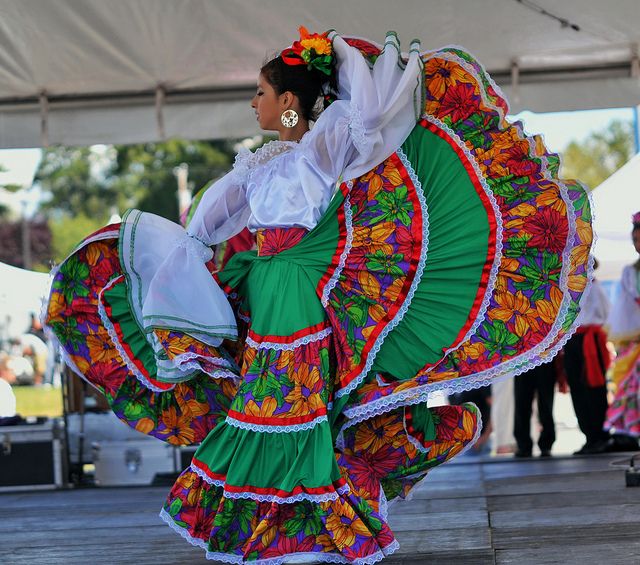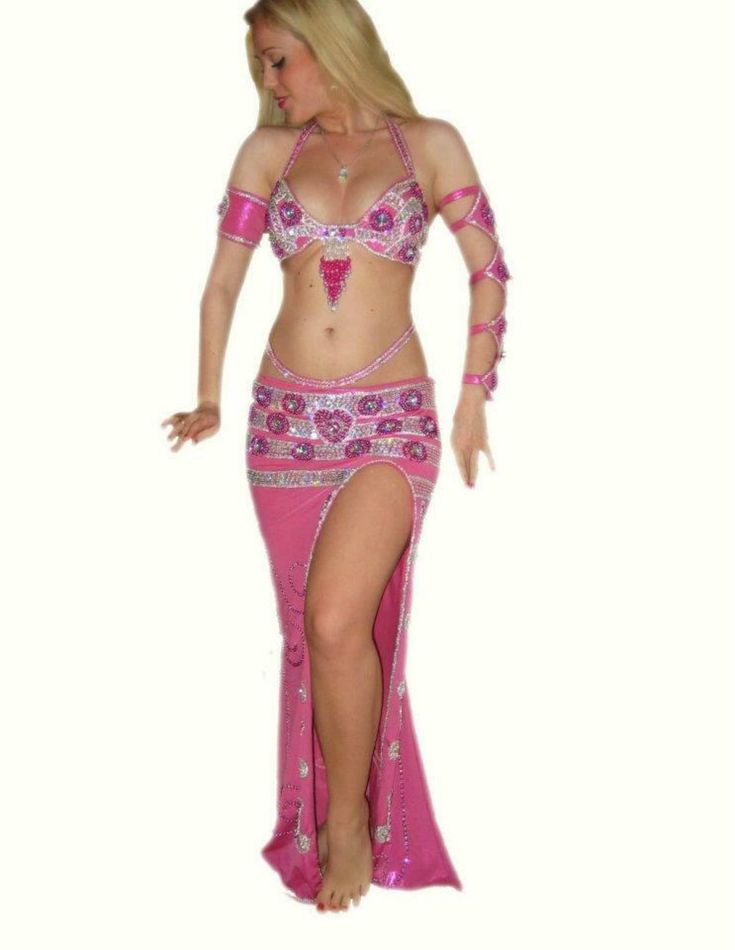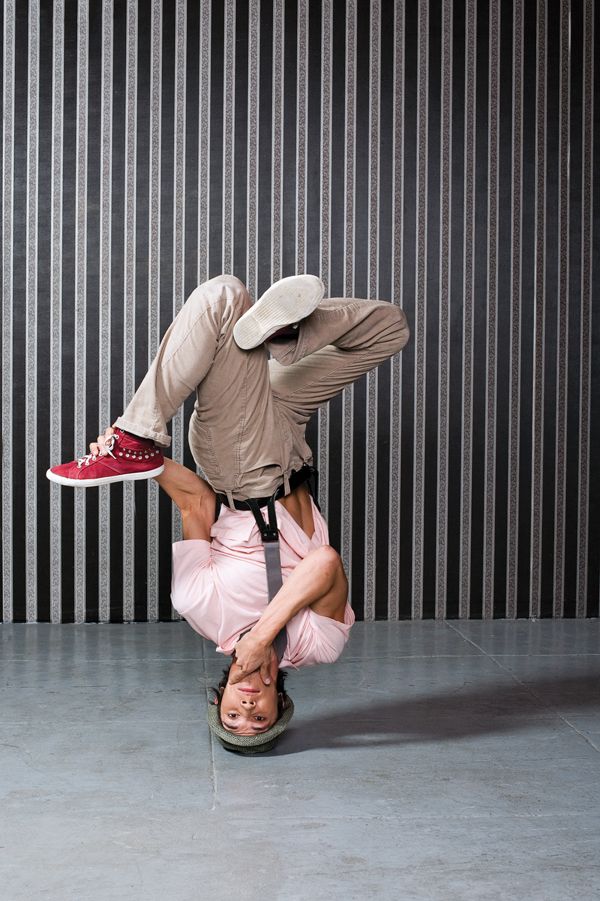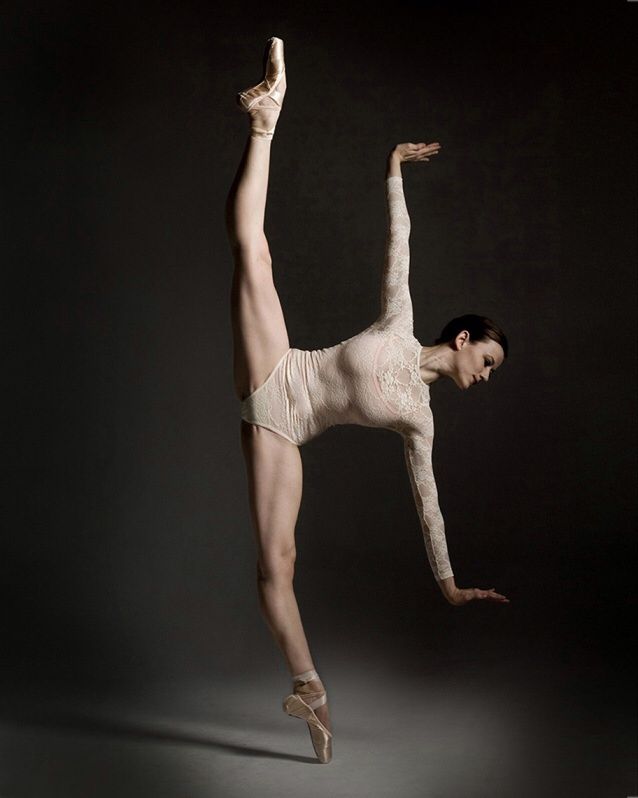How to dance jamaican
Jamaican Street Dance History
Jamaica’s street dance culture dates back to the late 50’s early 60’s. In anticipation of Jamaica gaining independence from Britain, the late 50’s brought about a new found spirit of nationalism. Inspired by this, local jazz musician and pioneering producer “Coxsone” Dodd was driven to create a uniquely Jamaican dance sound. This music was called Ska and fused American jazz and R&B with Jamaican mento, and featured a strong bass and drum rhythm section, guitars, keyboards and brass. Rocksteady, and later, reggae eventually evolved from ska in the late 1960’s.
In response to ska, a dance called “the ska” was created and then later the more popular “skanking”, these were Jamaica’s first urban dance moves. “Ronnie and Jeanette” a popular local dance team visited the 1964 World’s Fair in New York along with renowned Jamaican musicians in order to demonstrate the phenomenal music and dance innovations.
By the late 60’s early 70’s, “Teenage Dance Party” a popular weekly radio program which showcased the most popular North American music along with the emergence of reggae, made the regular creation of new dance moves essential. These urban dance moves were to become a vital component in defining Jamaican dancehall culture. The innovative dancers in every community prided themselves as being pacesetters by how successful they were in creating and spreading their moves through parties or “dances.” These dancers would eventually form dance troupes, troupes such as Blacker Spades, GQ, and LTD added the element of theatrics and acrobatic moves to popular moves and took their act to the stage. By performing at talent shows, school barbeques, high school parties and entering dance competitions, these troupes would expose the greater public to the amazing dance culture emerging from the ghettos in Kingston. In addition, to the many stage shows showcasing the skills of the talented dancers, television also played a major part. In 1971, a young cameraman for the local TV station JBC (Jamaica Broadcasting Corporation, now TVJ) named Alphonso Walker created a program aimed at young people. This TV show had two segments one which was geared to promoting and showcasing local talent in a party like atmosphere (not unlike Soul Train) and the other a forum where issues affecting young people in the society were discussed.
 The Show was called Where It’s At, and would take Jamaican urban culture into almost every Jamaican home. Eventually the show was overhauled, according to Alphonso ‘the show did not have the right type of energy, it was too bland”. He decided then to take out the forum, and replace the “uptown” dancers with dancers from the inner city, which included members of the Funky Phonics who he thought was more energetic and creative. He was right, the result was a more potent show, and appealed to a greater audience. The show lasted for 15 years. People would tune in weekly to find out what the new dance was, as a result the Where It’s At dancers became very popular, and you could see their influence on the dance floors of Jamaica. The mid to late 70’s brought a wave of R&B and funk music to dance floors, dancers would now need a new repertoire of dance moves to respond to this music. Their affiliation with JBC allowed the Where It’s At dancers access to satellite transmissions of U.S TV programs, one program of particular interest to them was Soul Train.
The Show was called Where It’s At, and would take Jamaican urban culture into almost every Jamaican home. Eventually the show was overhauled, according to Alphonso ‘the show did not have the right type of energy, it was too bland”. He decided then to take out the forum, and replace the “uptown” dancers with dancers from the inner city, which included members of the Funky Phonics who he thought was more energetic and creative. He was right, the result was a more potent show, and appealed to a greater audience. The show lasted for 15 years. People would tune in weekly to find out what the new dance was, as a result the Where It’s At dancers became very popular, and you could see their influence on the dance floors of Jamaica. The mid to late 70’s brought a wave of R&B and funk music to dance floors, dancers would now need a new repertoire of dance moves to respond to this music. Their affiliation with JBC allowed the Where It’s At dancers access to satellite transmissions of U.S TV programs, one program of particular interest to them was Soul Train.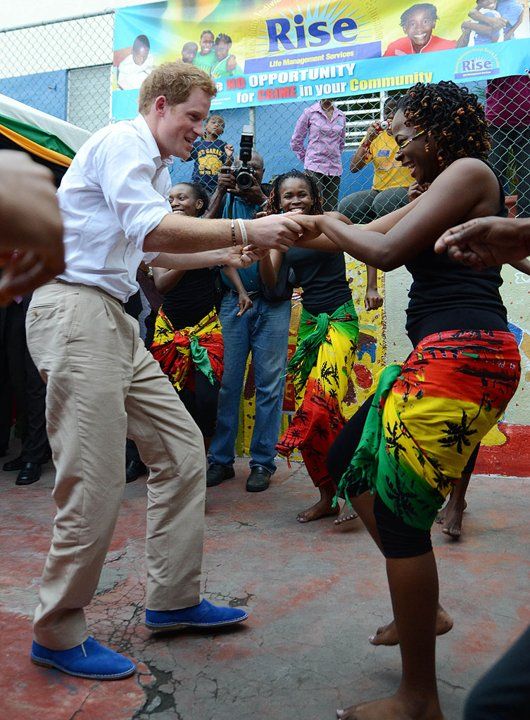 Soul Train gave the dancers an inside track to what was going on in urban dance in America and allowed them to be up to date on the new music and dances that went with them.
Soul Train gave the dancers an inside track to what was going on in urban dance in America and allowed them to be up to date on the new music and dances that went with them.
As the 80’s rolled around, The music video generation began to emerge; a brew of new wave, punk, rap, reggae, funk and R&B music began to get played with equal importance at parties and on the radio due to the influence of American television. With the advent of the satellite dish, more people now had access to the music videos on MTV and BET, the great demand for all the new music coming out of America and Europe, was answered by local radio and the sound systems which played the music at parties. For the first time in years, not knowing what the “new move” was was not a big deal. Dancing to new wave or punk didn’t require any special knowledge, you just moved any which way to the beat.
In the 60’s and 70’s, Jamaicans seeking better economic opportunities and a less volatile atmosphere made the decision to migrate to America and England, the children of these expatriates would return as visitors in the eighties when the economy and safety improved, they brought with them the new trends in American urban culture.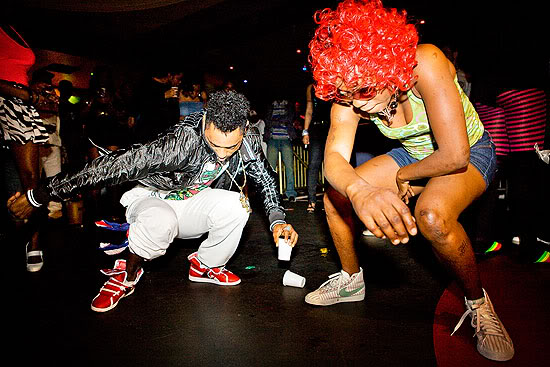 It is through this avenue that Jamaicans got introduced to the new craze called “Break Dancing” (I will use the term as the media did to encompass both the NY and LA. street dance cultures) that was sweeping America, Canada and England. It is ironic that Hip hop culture was born partially as a result of the migration of DJ Kool Herc who shared the Jamaican sound system culture with New York audiences, this eventually resulted in him innovating the “breakbeat” concept.
It is through this avenue that Jamaicans got introduced to the new craze called “Break Dancing” (I will use the term as the media did to encompass both the NY and LA. street dance cultures) that was sweeping America, Canada and England. It is ironic that Hip hop culture was born partially as a result of the migration of DJ Kool Herc who shared the Jamaican sound system culture with New York audiences, this eventually resulted in him innovating the “breakbeat” concept.
It was a Canadian cousin of one of the Where It’s At dancers who first demonstrated “Popping” to the public at a weekly party called “Teen Jam” in the summer of ’82. This introduction however was not unique, at the same time other Jamaican youngsters were also being inspired by the new dance as visitors to North America, or by their American relatives. Popmaster Ice, Jamaica’s premier popper recalls his cousin showing him how to glide/moonwalk and the ideas behind popping and waving. “It was like someone landing from outer space” he says. At the same time videos like “Save the overtime for me” by Gladys Knight, “All night Long” by Lionel Richie and Malcolm McLaren’s Buffalo Gals, brought the New York City Breakers, Rock Steady Crew, Popping Taco, Boogaloo Shrimp and Shabba Doo into the Jamaican home, and so the Bboy culture of New York and the Popping/Locking culture of Los Angeles took Jamaica by storm. This onslaught drastically changed Jamaican urban dance culture as it had existed before, the reggae and funk dances were almost totally replaced by the more dynamic popping and breaking moves, the teen parties that were usually held in nightclubs moved almost exclusively to larger school auditoriums where Bboys and Poppers could battle and display their skills without restriction. The Bboys and Poppers who were in their mid-to late teens soon formed crews ousting the dance troupes of the funk/rockers era who had gone before and were now in their twenties. These crews now became the focus of attention for the frequent stage shows and public performances.
At the same time videos like “Save the overtime for me” by Gladys Knight, “All night Long” by Lionel Richie and Malcolm McLaren’s Buffalo Gals, brought the New York City Breakers, Rock Steady Crew, Popping Taco, Boogaloo Shrimp and Shabba Doo into the Jamaican home, and so the Bboy culture of New York and the Popping/Locking culture of Los Angeles took Jamaica by storm. This onslaught drastically changed Jamaican urban dance culture as it had existed before, the reggae and funk dances were almost totally replaced by the more dynamic popping and breaking moves, the teen parties that were usually held in nightclubs moved almost exclusively to larger school auditoriums where Bboys and Poppers could battle and display their skills without restriction. The Bboys and Poppers who were in their mid-to late teens soon formed crews ousting the dance troupes of the funk/rockers era who had gone before and were now in their twenties. These crews now became the focus of attention for the frequent stage shows and public performances. Crews such as Devils, Pop Culture, Volcanic Cobras, Mod Squad, G-Force, Aliens, and Magnetic Kiss (which had the dancehall artist, Mad Cobra as a member) dazzled audiences with the incredible moves which seemed to defy gravity and deceive the eye.
Crews such as Devils, Pop Culture, Volcanic Cobras, Mod Squad, G-Force, Aliens, and Magnetic Kiss (which had the dancehall artist, Mad Cobra as a member) dazzled audiences with the incredible moves which seemed to defy gravity and deceive the eye.
The “Break Dance” era lasted about 5 years, after which a lot of the major dancers had reached the age when they had to make serious life decisions about their future, many migrated to the U.S., Canada, and England seeking better opportunities, or to attend college, others entered the work force or got involved with other aspects of entertainment. Unfortunately for Jamaica and the rest of the world, “Break Dance” succumbed to over-commercialization, viewing it as a passing fad younger dancers chose to abandon the culture. The U.S. club dances and reggae dancehall moves reemerged in the late 80’s, parties moved from school auditoriums back into nightclubs, or outdoor venues, however apart from the small handful of reggae dance troupes who performed with dancehall entertainers and mainly emphasized theatrics and comedy in their dance routines, it seemed the concept of the dance troupe or crew regularly performing for the general public was becoming extinct. Instead solo dancers like Bogle and Bruk Up recycled moves from the “funk” and “popping” eras and put them to a reggae dancehall beat. Soon their reputation as ‘dance move makers’ pushed them to the forefront of Jamaican dancehall culture. With the explosion of dancehall culture in the early 90’s, these two dancers would be the ones to take Jamaican urban dance culture to the world.
Instead solo dancers like Bogle and Bruk Up recycled moves from the “funk” and “popping” eras and put them to a reggae dancehall beat. Soon their reputation as ‘dance move makers’ pushed them to the forefront of Jamaican dancehall culture. With the explosion of dancehall culture in the early 90’s, these two dancers would be the ones to take Jamaican urban dance culture to the world.
Jamaica’s Heritage in Dance & Music – Jamaica Information Service
INTRODUCTION
Initial Officer Training Programme (IOTP) provides basic military officer training to Officer Cadets (OCdts) and their equivalents from law enforcement and uniformed services. The programme falls within the tactical level of the Professional Military Education (PME) framework of armed forces and is modelled from the Royal Military Academy Sandhursts’ (RMAS) Commissioning Course. It was designed with the direct support and guidance of RMAS Instructing and Support Staff.
Rationale
Traditionally, the Jamaica Defence Force’s (JDF) longstanding partnerships with militaries across the world has seen its OCdts being trained in academies in the following countries: United States, England, Canada, China and India. Upon the return of OCdts to the JDF, there is a requirement for doctrine and operating procedure standardization due to the varying concepts and differing contents of the training they had undergone. This is normally done at the Unit level and later, through a Young Officers’ Course. The advent of COVID-19 added a new level of complexity to travel, thus negatively affecting the process of sending OCdts overseas. Additionally, the ongoing expansion and restructuring of the Force to cauterize the ballooning threats to national security has caused an increased demand for newly commissioned Second Lieutenants.
Upon the return of OCdts to the JDF, there is a requirement for doctrine and operating procedure standardization due to the varying concepts and differing contents of the training they had undergone. This is normally done at the Unit level and later, through a Young Officers’ Course. The advent of COVID-19 added a new level of complexity to travel, thus negatively affecting the process of sending OCdts overseas. Additionally, the ongoing expansion and restructuring of the Force to cauterize the ballooning threats to national security has caused an increased demand for newly commissioned Second Lieutenants.
Due to the carefully adapted military and academic curricula, IOTP serves as the course to treat with the aforementioned considerations. The methodology used addresses each issue directly and the course, through the delivery of a bespoke training syllabus, is fit for the JDF and is also relevant to the militaries and organizations within the Caribbean region and in other parts of the world.
Concept
Having the RMAS approach to training at its core, IOTP is designed with a syllabus that sees male and female integration throughout training. The course focusses on developing military skills and command with a leadership ‘golden thread’. The course structure allows the Instructing Staff to educate, build, develop and scrutinize an OCdt’s ability to decide and communicate accurately and ethically while under pressure and or stress. The expectation is that on commissioning, an OCdt will be fully cognizant of the responsibilities and personal conditions that being an Officer imposes upon them. The product of the IOTP will be an ethical and robust Officer who has the knowledge, skills, attitudes and intellectual agility to adapt their decision-making process and approach to any environment.
Location
The home of IOTP is the Caribbean Military Academy (CMA) Newcastle, which is located at the Newcastle Hill Station, St Andrew, Jamaica.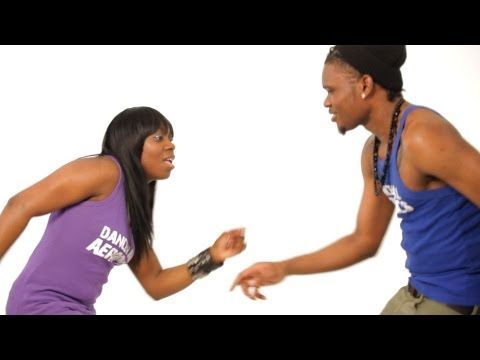
Nestled in the cool hills of upper St Andrew and amidst beautiful trees, ferns, ground orchids, delicate wild flowers and a profusion of ginger lilies, is the Newcastle
Training Depot founded in 1841 by Major General Sir William Maynard Gomm (later Field Marshall). Gomm, a veteran of the wars against revolutionary France and Lieutenant Governor of Jamaica from 1840 to 1841, relentlessly badgered the War Office in London to establish a mountain station for British soldiers in Jamaica soon after taking up his post.
The idea of the hill station was first raised by Gomm in a letter dated April 7, 1840 to Governor Sir Charles Metcalfe. Gomm pointed out that while Up Park Camp was an ideal location for a barracks, it was subject to the ravages of yellow fever. In Jamaica the
British garrison was stationed on the plain at Up Park Camp, Stony Hill, Fort Augusta and Port Royal. Here, on the average, 1 soldier died every 2½ days. According to Russell, the year 1838 was considered a ‘good’ year: only 91 men died.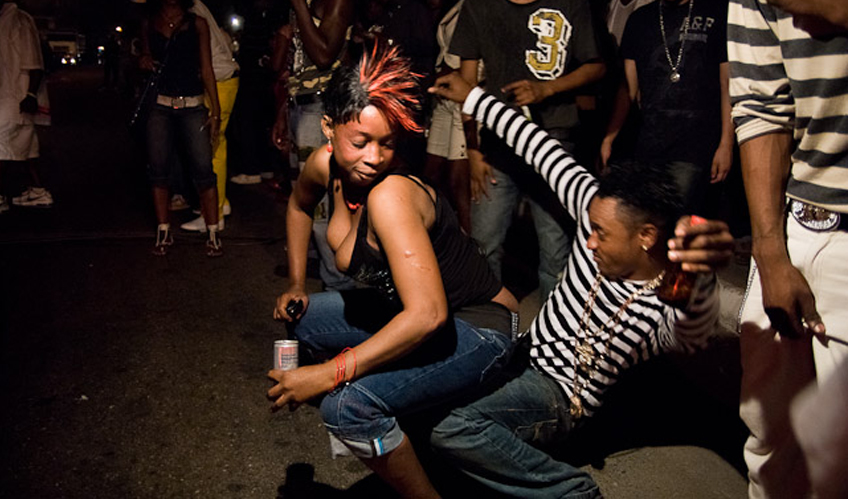 In 1839, 110 men perished and in the following year 121. Initially, the British government was conservative in approving a hill station for the troops in Jamaica. They were concerned about the expense of the venture.
In 1839, 110 men perished and in the following year 121. Initially, the British government was conservative in approving a hill station for the troops in Jamaica. They were concerned about the expense of the venture.
In May 1841, London finally sanctioned Gomm’s efforts to build what is thought to be the first permanent mountain station in the British West Indies at Newcastle. The site selected was a coffee plantation protruding from the southern face of the grand ridge of the Blue Mountains. The British government paid £4,230 for the Newcastle site.
At the outbreak of World War II (1939-1945), life at Newcastle changed a little. The British regiment was replaced by Canadian regiments which remained at Newcastle for the duration of the war. With hostilities over in 1945, the Canadians left and once again a British battalion was stationed there.
In 1958, the West Indies Federation was founded and the infantry regiments of the various Caribbean islands were disbanded and reorganized into the West India Regiment. Newcastle became a training depot, training recruits from all over the West Indies as part of the
Newcastle became a training depot, training recruits from all over the West Indies as part of the
newly formed West Indies Federation. In 1962 when Federation was disbanded, the West India Regiment was also disbanded. Jamaica simultaneously sought her independence, which was achieved on August 6, 1962. With independence, Newcastle was given to the Jamaican government as part of a general settlement of all military lands in Jamaica.
how the rebirth of the classical dancehall took place
Relatively recently, just a few years ago, a dance with Jamaican roots came to Moscow. Previously, soft, deceptively relaxed dancehall movements hid a strict rhythm, a well-developed dynamics. But everything in this world evolves. Those who like to relieve stress on the dance floors were not satisfied with the calm Jamaican reggae. Therefore, DJs switched from him to recitative, hip-hop, jazz. Expressive, plastic and feminine movements have added fire, which now includes shaking, undulating swaying of the hips and chest.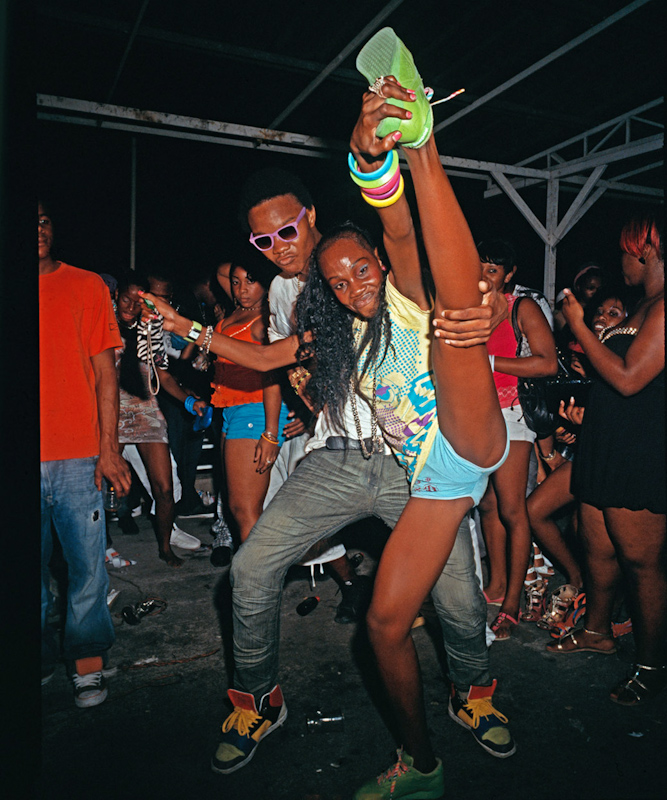
Dancehall has two directions - male and female. An hour-long lesson in intensity is not inferior to the loads when doing fitness. Movements for ladies are focused on the maximum involvement of the lower body. Modernized pas load legs, buttocks, abs, arms.
Dancehall training is simple at first: squats and lunges are done with half-bent knees. In the process of improvement, the amplitude gradually increases. Rigid, energetic men's steps differ sharply from emphatically sexy, seductive women's. In general, dancehall can be called a dance of contrasts: emotionality and aggressiveness are interspersed with bright sensuality.
Dancehall Promotion Troika
Dancer Amari Marshall believes that dance training should be progressive. Before staging a dancehall, students should liberate their bodies, take an advanced hip-hop course. The physical, spiritual resonance, the sultry expansion of the dance seemed to capture the sun-drenched streets of Jamaica - the birthplace of mixed rhythms.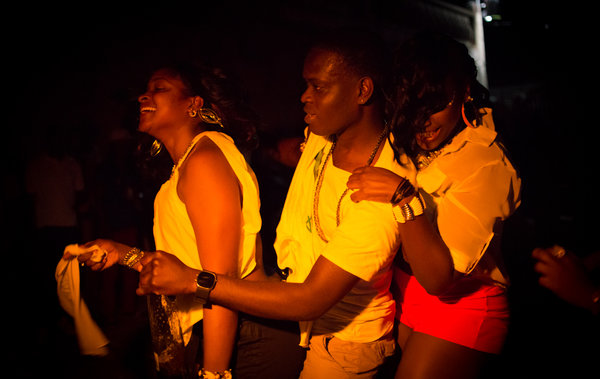 A beginner who is not prepared for them may not be able to cope.
A beginner who is not prepared for them may not be able to cope.
The film "King of the Dancehall", dedicated to Jamaican dance, is known on the Internet. Nick Cannon, who believes that the dancehall philosophy is about freedom, imperceptibility of pain in cases where the music scourges you, became the lead actor. Filming took place in Jamaica, in one of the scenes the genre of electronic music was used.
Lehr Courteillemont was so inspired by Jamaican rhythms that she created her own dance style Ragga Jam based on them, a kind of African-Jamaican mixture of fitness and dance. Now this species has stepped over the sexual boundary: both men and women are fond of it. The vulgarity is gone, the charm and tenderness remain. But the bright Frenchwoman believes that the primitiveness of the dance is the main thing. It is in her that she draws relaxation and money, giving lessons around the world.
The intensity of life is growing, people need more and more psycho-emotional and physical relaxation.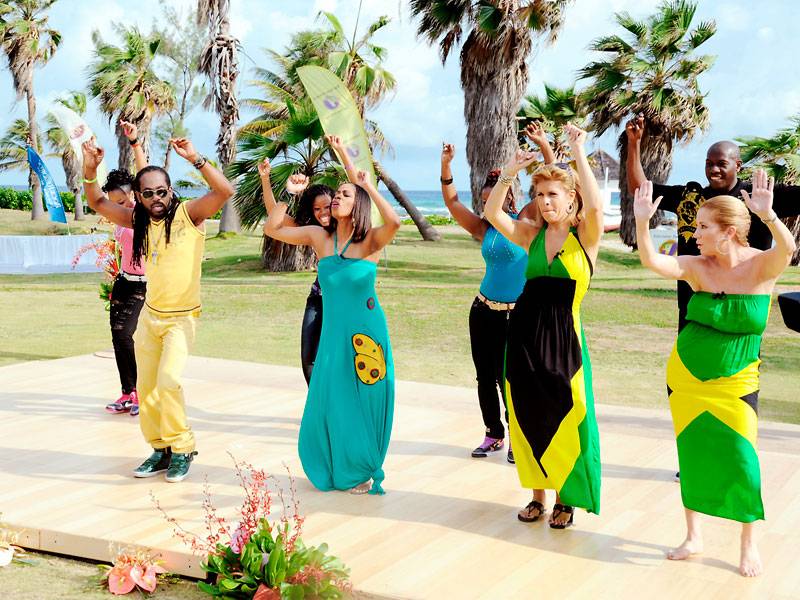 If they find the first in the sacraments of confession, repentance, communion, then the second - on the dance floors. Paul Bragg also proved that movement is one of the best means of creating a healthy nervous system. Why not choose a dancehall dance for this?
If they find the first in the sacraments of confession, repentance, communion, then the second - on the dance floors. Paul Bragg also proved that movement is one of the best means of creating a healthy nervous system. Why not choose a dancehall dance for this?
Sign up for a free class
Just fill in these fields
and we will contact you
Hip-Hop DancingDanceHallTwerk | Booty DanceTwerk | TwerkGo-Go | Go-GoBreakdancePoppingJazz FunkStretchingHouse DanceBody WorkHigh HeelsBody MadeContemporaryContemporary DanceStreet DanceRhythmDanceHall KidsStreet DancingBooty Dance | Booty DanceContemporary ChoreographyKrump | KrumpLady's StyleWaacking & VogueRagga | RaggaClub DancingBaby DancingWedding DanceExperimentalIndividualVIP GroupsHip Hop ChoreoBallet / ChoreographyBooty Dance | Booty Dance Jazz Modern Street Dance Kids Street Dance Kids Pro0003
Dance Directions
- Hip Hop Dancing
- Hip Hop Dancing
- DanceHall
- DanceHall
- Twerk | Booty Dance
All Directions
Incendiary dance from Jamaica: all about Dance Hall
10/27/2021
Dancehall is a Caribbean street dance that is growing in popularity every year.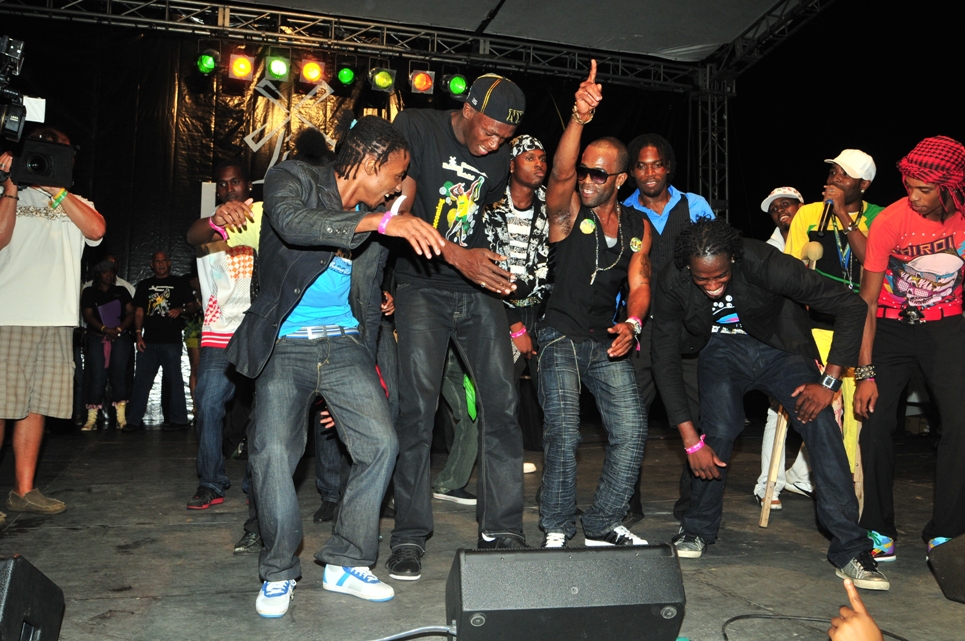 Despite the fact that he appeared in Russia relatively recently, he has enough fans who have appreciated the emotional and expressive choreography that has absorbed the culture of Jamaica.
Despite the fact that he appeared in Russia relatively recently, he has enough fans who have appreciated the emotional and expressive choreography that has absorbed the culture of Jamaica.
Dancehall: a history of dance
Jamaica is considered to be the birthplace of Dancehall. It was in its capital, Kingston, that the direction was born in the 80s, which absorbed the rhythm of the incendiary reggae, the founder of which was the famous musician, vocalist and performer Bob Marley.
It is generally accepted that social inequality played an important role in the emergence of dance. At that time, both poor immigrants from Africa and more prosperous emigrants from Europe lived in Jamaica. And for the African people, the dancehall has become a symbol of unity in a foreign territory, an opportunity to exchange emotions and impressions.
Structure and elements of dance
Sometimes dancehall is mistakenly called reggae, not suspecting that this is a completely different dance.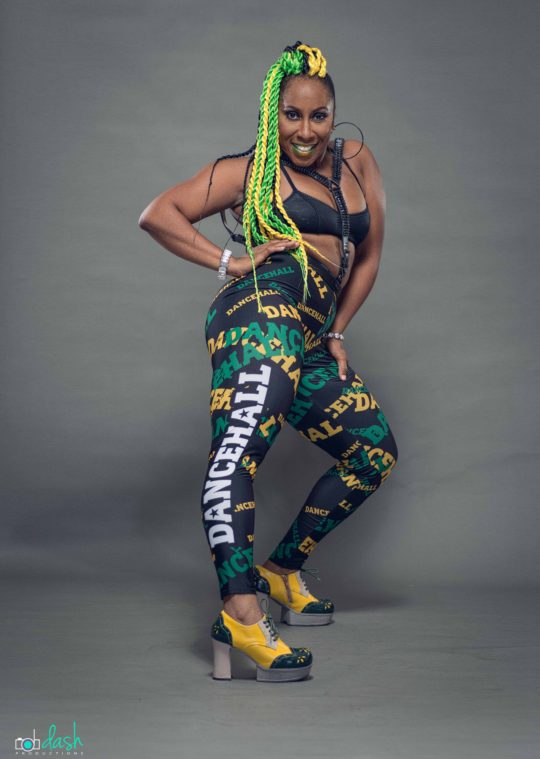 It is more rhythmic and dynamic, and attitude is of great importance - its character and presentation.
It is more rhythmic and dynamic, and attitude is of great importance - its character and presentation.
The basis of the style is basic steps with body movements, which are complemented by smooth movements and sharp beats. In most cases, staging is an improvisation on a specific composition or track.
Features of the dance
The dancehall style is not just a choreography of connections and elements united by one concept and idea. This is an opportunity to demonstrate your freedom by moving to the beat of the music.
To master this direction, it is not enough to be a good dancer, feel the rhythm and be able to improvise. Only by being liberated on the dance floor you can show a real dancehall - a unique dance style of freedom-loving and open-minded people.
What is the best way to dance
Any comfortable clothes and shoes are suitable for dancehall. There are no strict restrictions, imposed stereotypes and prohibitions. But when it comes to a concert performance, dancers usually use to create an image:
- wide tops;
- bright shorts;
- t-shirts;
- tight leggings or pants;
- loose fit shirts;
- T-shirts
- headwear and flashy accessories.

For group dance classes and performances, a single color scheme is selected and a common concept of images is thought out for each participant.
Who should try
Dancehall can be played by both girls and boys of any build, regardless of the level of physical fitness. A prerequisite is the absence of medical contraindications, which is an invariable requirement for sports.
The direction of Dancehall is ideal if you need:
- learn how to move beautifully to the music;
- increase daily calorie consumption, which is important for a sedentary lifestyle;
- get positive emotions and a charge of motivation;
- increase muscle tone.
If you want to get acquainted with this direction, try dancehall dancing and understand what it is, you should sign up for the Premier Sport club.
We are located at: st. Olof Palme, 5 (SWAD of Moscow, near the metro station Minskaya, Lomonosovsky Prospekt, University, Sportivnaya, Victory Park).
